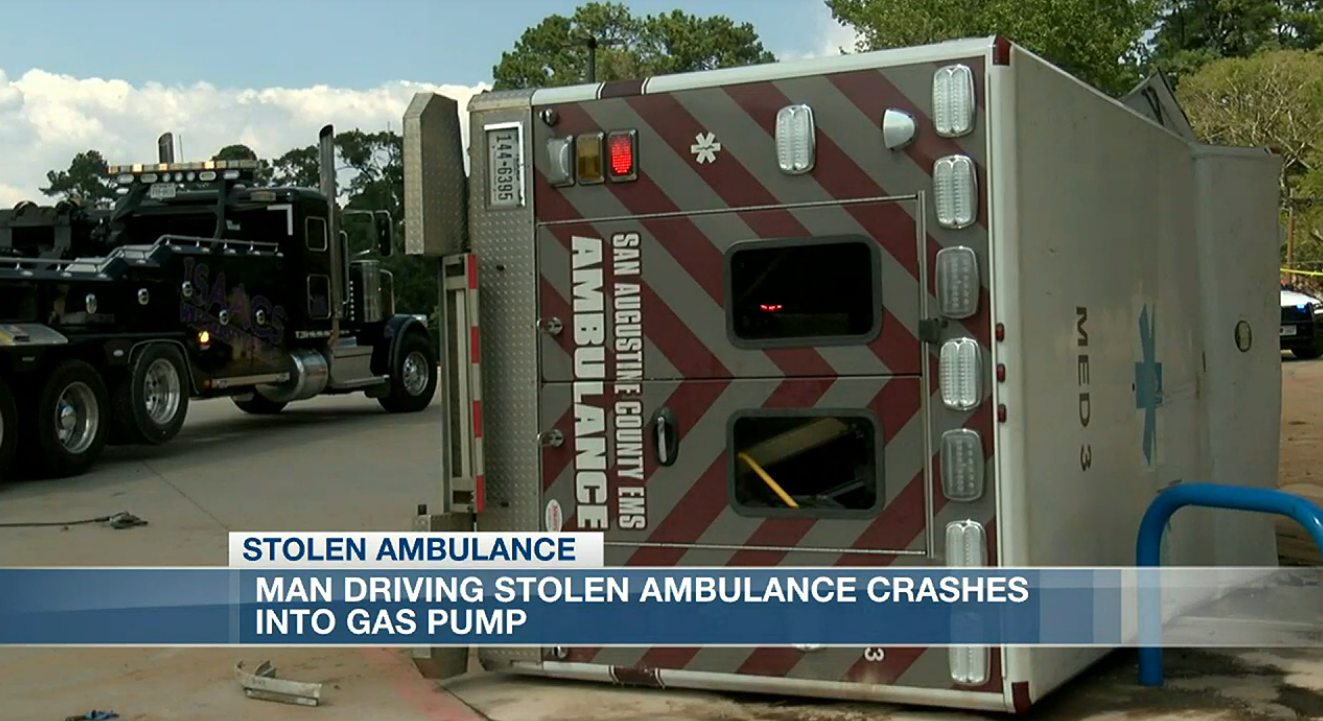The Reality Of Airplane Safety: Examining Close Calls And Crashes

Table of Contents
The Statistics of Airplane Safety
The incredibly low accident rate in air travel is a testament to the rigorous safety measures in place. However, understanding the nuances of these statistics is crucial for a realistic perspective on airplane safety.
Accident Rates and Comparisons
Air travel boasts a remarkably low accident rate compared to other forms of transportation. Consider these comparisons:
- Car Travel: The fatality rate per passenger mile for car travel significantly exceeds that of air travel by several orders of magnitude.
- Train Travel: While generally safer than car travel, train accidents, though less frequent, can still result in higher casualty rates than air travel incidents.
- Bus Travel: Similar to train travel, bus accidents, though infrequent, can have higher casualty rates per passenger mile than air travel.
This dramatic difference is largely due to stringent safety regulations, advanced technologies, and continuous improvements in pilot training and aircraft maintenance.
Understanding the Data – Defining "Accident"
To accurately assess airplane safety, it's essential to understand the terminology. The term "accident" encompasses a range of incidents, from near misses to catastrophic crashes.
- Incidents: These are events that could have led to an accident but didn't. Examples include runway incursions (where an aircraft enters a runway without authorization), bird strikes, and minor mechanical failures that are addressed before impacting flight safety.
- Near Misses: These are close calls where a serious accident was narrowly avoided. These events highlight potential safety vulnerabilities and inform improvements in procedures and technology.
- Accidents: These are occurrences resulting in damage to an aircraft, injury, or fatality. Data on these incidents is meticulously collected and analyzed.
Organizations like the National Transportation Safety Board (NTSB) in the United States, and similar bodies worldwide, meticulously collect and analyze this data to identify trends, contributing factors, and areas for improvement in airplane safety.
Causes of Airplane Crashes and Close Calls
While rare, airplane crashes and near misses underscore the complex interplay of factors that can compromise flight safety.
Pilot Error
Human error remains a significant contributor to aviation accidents. Factors include:
- Pilot Fatigue: Long working hours, disrupted sleep schedules, and inadequate rest can impair judgment and reaction time.
- Inadequate Training: Insufficient training or outdated training methods can leave pilots unprepared for unexpected situations.
- Poor Decision-Making: Errors in judgment, such as continuing a flight in adverse weather conditions, can have catastrophic consequences.
Crew Resource Management (CRM) training emphasizes teamwork and communication to mitigate the risks associated with pilot error. Advanced flight simulators provide realistic training environments to prepare pilots for a wide range of scenarios.
Mechanical Failures
Mechanical issues can also contribute to accidents, encompassing:
- Engine Failures: Engine malfunctions, while relatively infrequent due to rigorous maintenance, can necessitate emergency landings or, in severe cases, lead to crashes.
- Flight Control System Malfunctions: Problems with the aircraft's control surfaces or systems can severely impact the pilot's ability to maintain control.
- Hydraulic System Failures: Failures in the hydraulic systems, which control essential flight surfaces, can result in loss of control.
Regular maintenance, thorough inspections, and continuous technological advancements in aircraft design are critical to minimizing mechanical failures and enhancing airplane safety.
Weather Conditions
Adverse weather conditions represent a significant challenge to flight safety:
- Turbulence: Unexpected turbulence can cause injury to passengers and crew and even damage the aircraft.
- Storms: Severe thunderstorms, icing, and strong winds can make flying extremely hazardous.
- Low Visibility: Fog, snow, and rain can reduce visibility, impacting safe navigation and landing.
Pilots utilize weather radar, satellite imagery, and communication with air traffic control to navigate around hazardous weather conditions and make informed decisions about flight safety.
Air Traffic Control Issues
Air traffic control plays a crucial role in maintaining airplane safety. However, errors can occur:
- Controller Error: Mistakes in communication, coordination, or clearance instructions can lead to near misses or collisions.
- System Failures: Failures in air traffic control systems can disrupt operations and compromise safety.
- Communication Breakdown: Poor communication between controllers and pilots can lead to misunderstandings and potentially hazardous situations.
Continuous improvements in air traffic control technology, training, and procedures are aimed at minimizing such risks and enhancing airplane safety.
Technological Advancements in Airplane Safety
Continuous innovation plays a crucial role in enhancing airplane safety.
Improved Aircraft Design
Modern aircraft incorporate numerous safety features:
- Enhanced Flight Control Systems: Fly-by-wire systems offer greater precision and redundancy, enhancing control and stability.
- Stronger Airframes: Advances in materials science have resulted in stronger and lighter airframes, better able to withstand stress and impact.
- Improved Emergency Systems: Advanced escape slides, improved emergency exits, and enhanced fire suppression systems improve passenger safety in emergencies.
Advanced Navigation Systems
GPS and other advanced navigation systems have dramatically improved precision and safety:
- Reduced Risk of Collisions: Precise navigation helps to avoid mid-air collisions and enhances situational awareness.
- Improved Approach Procedures: Advanced navigation systems enable pilots to execute more precise approaches in challenging weather conditions.
- Enhanced Flight Tracking: Real-time tracking of aircraft location improves the ability of air traffic control to manage airspace efficiently.
Safety Regulations and Oversight
Stringent regulations and oversight by aviation authorities are crucial for maintaining airplane safety:
- Maintenance Standards: Strict maintenance schedules and inspections ensure that aircraft remain airworthy.
- Pilot Licensing and Training: Rigorous licensing and training standards ensure pilots possess the necessary skills and knowledge.
- Accident Investigation: Thorough investigations of accidents and incidents identify contributing factors and lead to improvements in safety protocols.
Conclusion
The remarkably high safety record of air travel is a result of a continuous and collaborative effort. While airplane crashes and near misses highlight the inherent risks, the analysis of these events, coupled with technological advancements and stringent regulations, drives ongoing improvements in airplane safety. The key takeaway is that airplane safety is not static; it is a dynamic process requiring constant vigilance, innovation, and collaboration between pilots, engineers, air traffic controllers, and regulatory bodies. Understanding the realities of airplane safety is crucial for informed travel. Continue learning about airplane safety advancements and contribute to safer skies.

Featured Posts
-
 Cat Deeleys Phase Eight Midi Skirt A Style Staple Flying Off Shelves
May 23, 2025
Cat Deeleys Phase Eight Midi Skirt A Style Staple Flying Off Shelves
May 23, 2025 -
 International Premiere Grand Ole Opry Live From The Royal Albert Hall
May 23, 2025
International Premiere Grand Ole Opry Live From The Royal Albert Hall
May 23, 2025 -
 Zimbabwe Seizes Control Day One Domination Over Bangladesh
May 23, 2025
Zimbabwe Seizes Control Day One Domination Over Bangladesh
May 23, 2025 -
 Big Rig Rock Report 3 12 98 5 The Fox Your Trucking Industry Update
May 23, 2025
Big Rig Rock Report 3 12 98 5 The Fox Your Trucking Industry Update
May 23, 2025 -
 Mayis Ayinda Askin Kapisini Calacak 3 Burc
May 23, 2025
Mayis Ayinda Askin Kapisini Calacak 3 Burc
May 23, 2025
Latest Posts
-
 Complete Guide To The Nyt Mini Crossword April 18 2025
May 23, 2025
Complete Guide To The Nyt Mini Crossword April 18 2025
May 23, 2025 -
 Complete Guide Nyt Mini Crossword Answers March 16 2025
May 23, 2025
Complete Guide Nyt Mini Crossword Answers March 16 2025
May 23, 2025 -
 Complete Guide To Nyt Mini Crossword Answers March 26 2025
May 23, 2025
Complete Guide To Nyt Mini Crossword Answers March 26 2025
May 23, 2025 -
 San Hejmo Line Up Alle Kuenstler Enthuellt Die Essener Freuen Sich
May 23, 2025
San Hejmo Line Up Alle Kuenstler Enthuellt Die Essener Freuen Sich
May 23, 2025 -
 Get The Answers Nyt Mini Crossword March 24 2025
May 23, 2025
Get The Answers Nyt Mini Crossword March 24 2025
May 23, 2025
